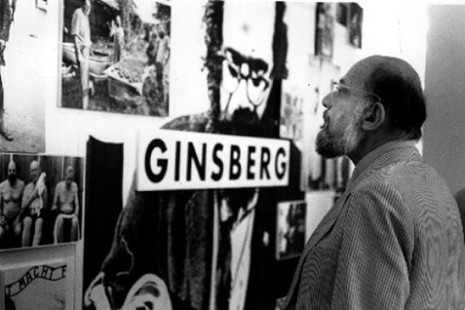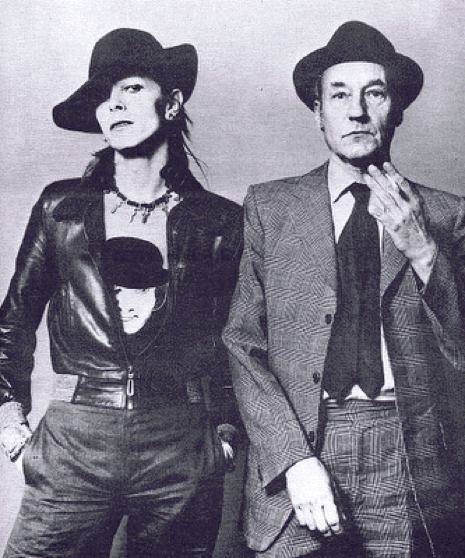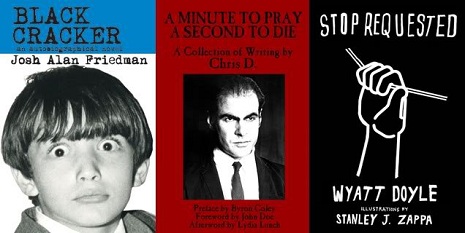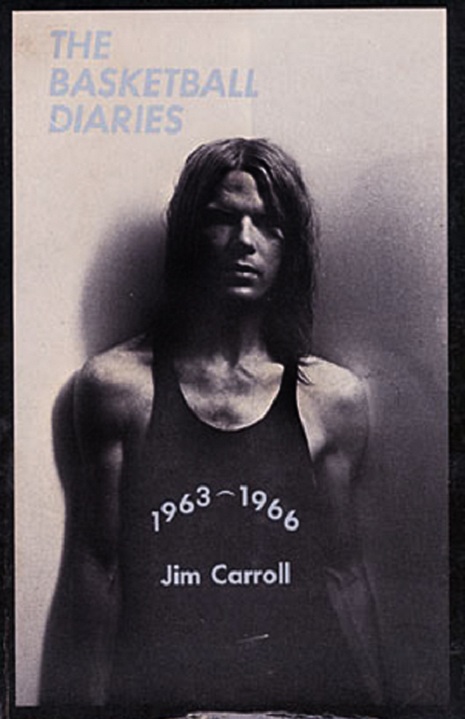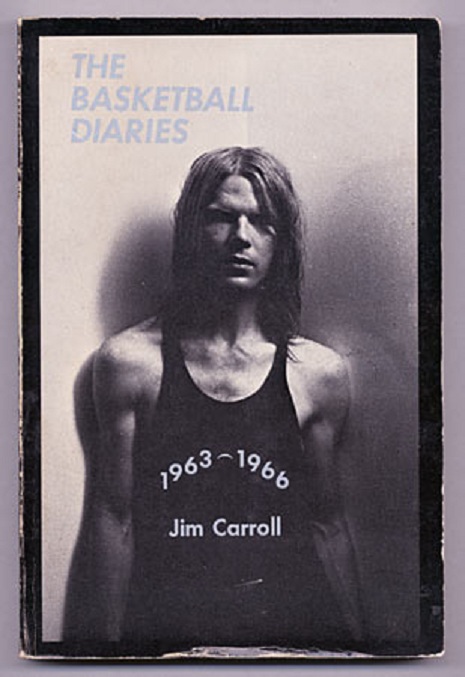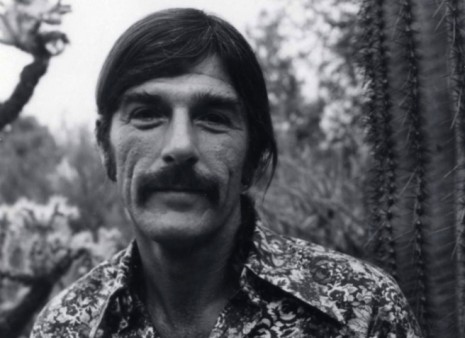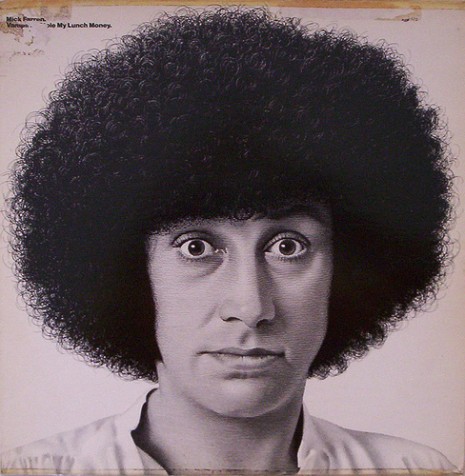
When I was a bored teenager living in Wheeling. West Virginia in the early 1980s, the absolutely indisputable highlight of my month was receiving my subscription copy of The Transatlantic Trouser Press magazine, of which Mick Farren was one of the two main writers. As I also felt about CREEM’s Lester Bangs (who had a huge, huge influence on my musical tastes and indeed, my young mental growth, in general), when a new group had the Trouser Press/Mick Farren seal of approval, I had to rush right out and check it out.
In the post-punk era, there were fantastic new bands coming out every week and the Trouser Press (named for a Bonzo Dog Doo-Dah song, so I was already inclined to love it) was the indispensable guide to this era, musically speaking in the US, for extreme music heads (and it had a flexi-disc in each issue. This is how I first heard groups like REM, Human Switchboard. Japan, OMD and others). The Trouser Press was where Mick Farren came into my life, but British readers of the alternative press already knew Farren from his stints at the International Times, Oz magazine, and the NME. His famous essay “The Titanic Sails at Dawn” predicted that *something* like punk was bound to happen, and presented as inevitable (Rod Stewart, Queen and the Stones were the objects of his analysis, and ire) several months before the first spiky-haired, safety-pinned punk rocker appeared on the streets. Some recall Mick Farren from his time as a doorman at the UFO Club in 1967, where Pink Floyd and the Soft Machine played for the nascent psychedelic underground. Or as one of the hell raisers at the Isle of Wight festival. Or for his amazing proto-punk group, The Deviants, and their Fugs and Mothers of Invention-influenced “balls to the wall” rock.
Mick Farren’s been active for five decades now and at 67, can still outdrink you.
In 2005, Mick wrote a cover story about me and Adam Parfrey of Feral House for the now defunct City Beat alt weekly (where Farren also wrote the best TV column in history, bar none). Thirty years after I waited patiently for Mick’s monthly recommendations and reviews in the Trouser Press to arrive in the post, he was writing about little old me. If you’d have told my 14-year-old self that 25 years later, I’d be a subject of a Mick Farren profile, he’d have been quite thrilled, too, but no less thrilled than I was at 39 years of age, I can assure you.
But soon, Los Angeles is about to lose this prophet without honor: in just a couple of days Farren’s moving back to England, the seaside town of Brighton, specifically. I got a chance to say goodbye to Mick—who told me bluntly—“I don’t want to die in America”—at a bon voyage party this past weekend. Pandora Young was there, and wrote at Fishbowl LA:
After nearly three decades in the states, prolific author, punk musician, and counterculture journalist Mick Farren is returning to jolly old England. La La land yokels who don’t know their punk rock history may still recall Farren from his stints as a columnist at the now-defunct alternative rags LA Reader and LA CityBeat.
This past Saturday night the 67-year-old Brit celebrated his departure at El Chavo in Silver Lake, signing his many books, reminiscing, and drinking friends half his age under the table. At the end of the evening, as we were saying goodbye, he put his hands on my shoulders and slurred at me, “Pandora, what this town needs is a proper alternative press. You have the talent and you have the readers. Someone just needs to make it happen.”
“Why not you, Mick?” I asked, wiping the spittle from my cheek.
“It’s nothing to do with me,” he replied, stumbling towards a waiting car. “I’m going home.”
Godspeed. Mick. Respect and love.
And people of Brighton, buy the anarchist a beer, won’t you? There will be a living legend amongst you, take advantage of this fact.
Below, a recent interview I did will Mick Farren about his new book Speed, Speed Speedfreak (Feral House):
More Mick Farren after the jump…
Posted by Richard Metzger
|
10.26.2010
11:42 am
|
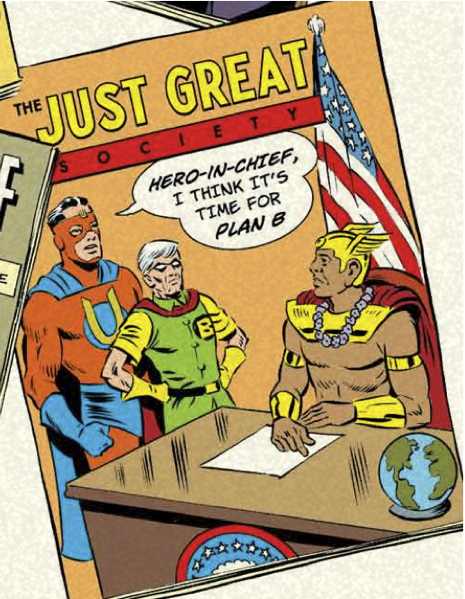
graphic novel.






